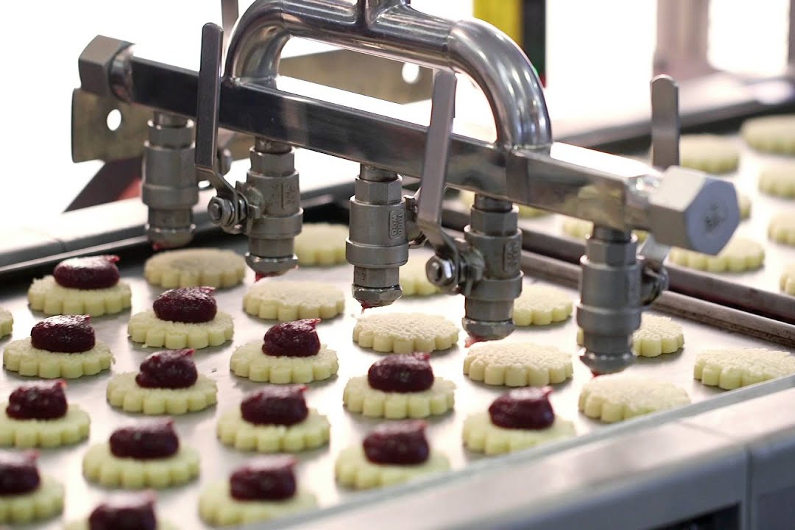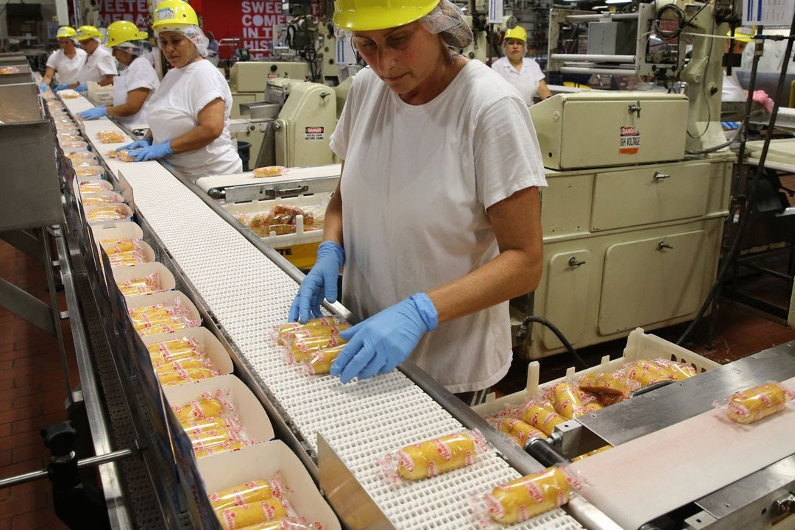For any production to be successful, lubrication is a must have. All industries use lubrication, especially the food and drink industry. However, for some food manufacturers, an ongoing issue has risen, which is they’ve not considered the importance of food-grade lubrication for their production line and switched from traditional oils and greases to food-grade lubricant.

Manufacturers that produce food, drink and medication have to use food-grade lubricants for their conveyors, labelling, grinders, motors, ovens, mixers and packaging machines. They should highly prioritise their customer’s safety, and for this purpose they need to ensure they’re following high sanitation and hygiene through all their production processes from start to finish.
Let’s discuss food
Within this article, we’ll investigate the importance of using food-grade grease and what we’re putting into our bodies.
The issues of cross-contamination with harmful substances
There has been a rise in focus towards lubrication, which has come a long with from a usually overlooked contaminant in Hazard Analysis Critical Control Point’s (HACCP) equipment risk assessment. Arguably due to people’s growing awareness around a healthy diet and becoming more aware of what we’re putting into our bodies, the need for controlling cross-contamination in the food industry is being pushed. Although complex machinery involved in today’s manufacturing side is designed for lubrication to have zero to little contact with food products, this cannot be guaranteed in every day’s operations.
A report in 2002 had revealed that 86,000 pounds of sliced turkey had got mixed in with non-food lubricant, which led to customers suffering with intestinal discomfort from contaminated turkey. Another company was investigated after receiving complaints of a jar of baby food smelling of tar, revealing toxic mineral oil had contaminated the food. Not only putting customers at risk, this could seriously damage a manufacturer’s reputation, consumer trust, and profits.

Controlling allergens
One of the biggest challenges for food manufacturers is to control potential allergens. Fortunately, food grade lubrications ensure careful ingredient traceability and control under ISO 21469, therefore meaning that suppliers can confirm the absence or presence of common allergenic ingredients as well as being produced in hygienic conditions. Not using food grade lubrication cannot guarantee what potential substances food may or may not have come in contact with, putting customers’ health and safety at risk.
Products containing triphenyl have led to many allergic reactions, along with numerous of health effects in laboratory animals. Shockingly, triphenyl phosphate is a chemical that is also used as a plasticiser as well as a fire retardant — how does the consumption of this sound opposed to something derived from vegetable oils?
Battling harmful microbes
There are a variety of different microbes out there that can cause harmful issues to humans, they can give viruses, flu and bacteria. Fortunately, many food grade lubricant available now include special additives that prevent the microbes to grow. This is particularly important in machinery exposed to moisture and steam and is difficult to keep clean at all times.
Fortunately, health and safety concerns have increased which have highlighted the need for food-grade lubrication. There are lots of considerations to think about when making sure your business is using the right lubrication so assess your manufacturing process to classify which will be best for you — follow this guide to understand the differences between lubricants.
Sources
https://www.manufacturing.net/home/article/13183173/food-safety-the-legends-of-food-grade-lubricants
https://insights.globalspec.com/article/10507/the-challenges-of-food-grade-lubricants
https://www.newfoodmagazine.com/article/99104/mitigating-risk-with-food-grade-lubricants/




